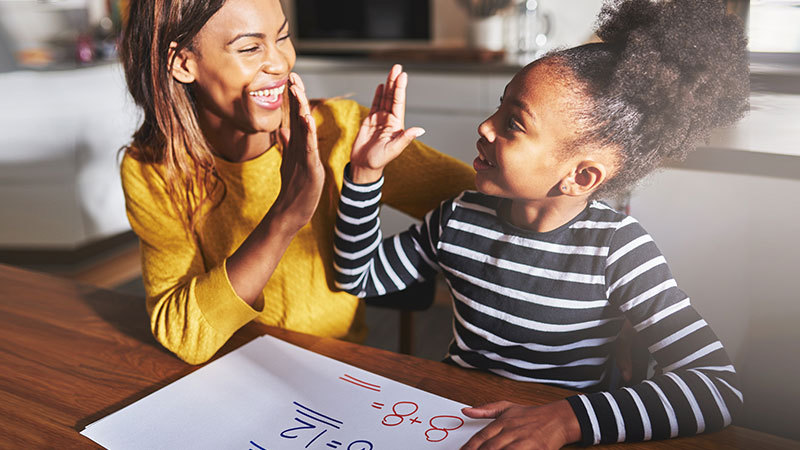A student may walk into algebra class day in and day out, wondering, “When are we ever going to use this stuff?” It’s a question asked in classrooms of all types across the country but is perhaps most pertinent when it comes to math. Luckily, real-world math problems provide a powerful answer to that frequently asked question.
Real-world math problems can be found in every grade level and content area of mathematics, from kindergarten through calculus. Ask your students, are you planning a birthday party? You may need addition, subtraction, multiplication, and division to figure out the costs associated with that party. When dining at a restaurant, how much of a tip do we leave? We need to use percentages to find out. For older students, you can have them map weather patterns using the cosine function or use ratios and proportions to design a room or home.
Math problems are everywhere in our curriculum, and they come up often in everyday life. We just need to bring them to the attention of our students so we can answer the famous question, “When are we ever going to use this stuff?”
Examples of Real-World Math Problems
Cooking
Chefs work with equal parts creativity and measured logic. There is plenty of math in baking and cooking, such as measuring ingredients, controlling temperature, and calculating portions.
Share one of your favorite recipes with your students or have students bring in one of their own. Now, imagine the recipe you are using won’t feed all your guests, or perhaps it would feed too many. How can we use ratios and proportions to find the correct amount of ingredients we will use for this dish?
Music
Musicians from Beethoven to Cardi B use math to create rhythm and tempo, measure patterns, and to harmonize. Whole notes, half notes, quarter notes, eighth notes, and sixteenth notes — there is math in every song you hear, play, or sing.
Students can discuss the size of fractions and compare fractions with different denominators. You can even have some students from the school band create a performance piece based on the fractions that you are learning in class. Older students can count the beats per minute of a song and create graphs based on the beats-per-minute.
For more ideas on teaching math through music, check out the video below.
Money Management
At some point, every student will need to manage money, whether they are counting their allowance or saving up for their first car.
A great activity for elementary school students would be to set up a school store. Students take turns as the cashier while the rest of the class buys small trinkets or toys from the store. Teach your students of varying ages how to calculate the best deals using Black Friday ads. Students in middle and high school can enhance their ratio and proportion skills by converting U.S. dollars to other currencies. Or you can implement the classic assignment of creating a budget based on a fictitious career and salary.






